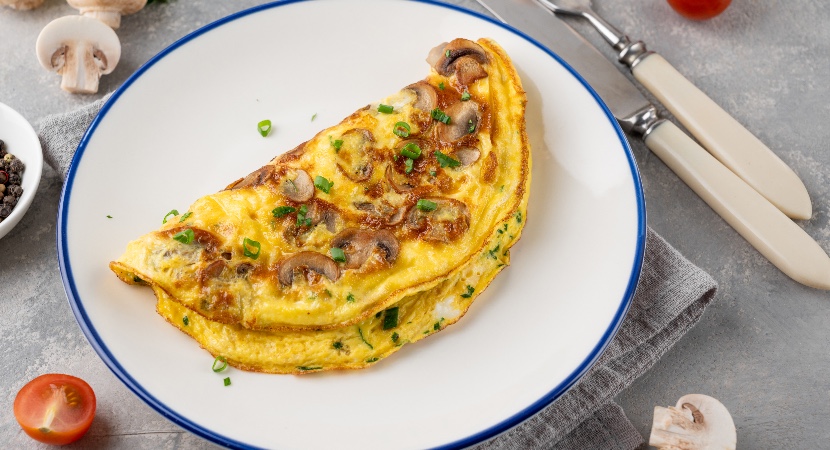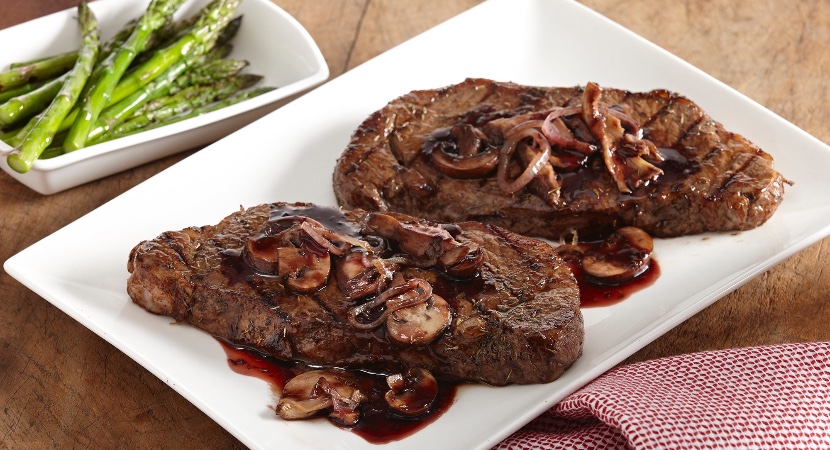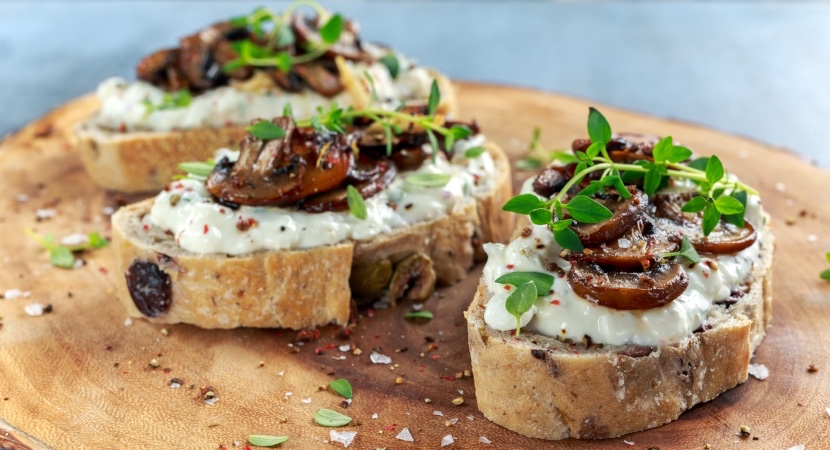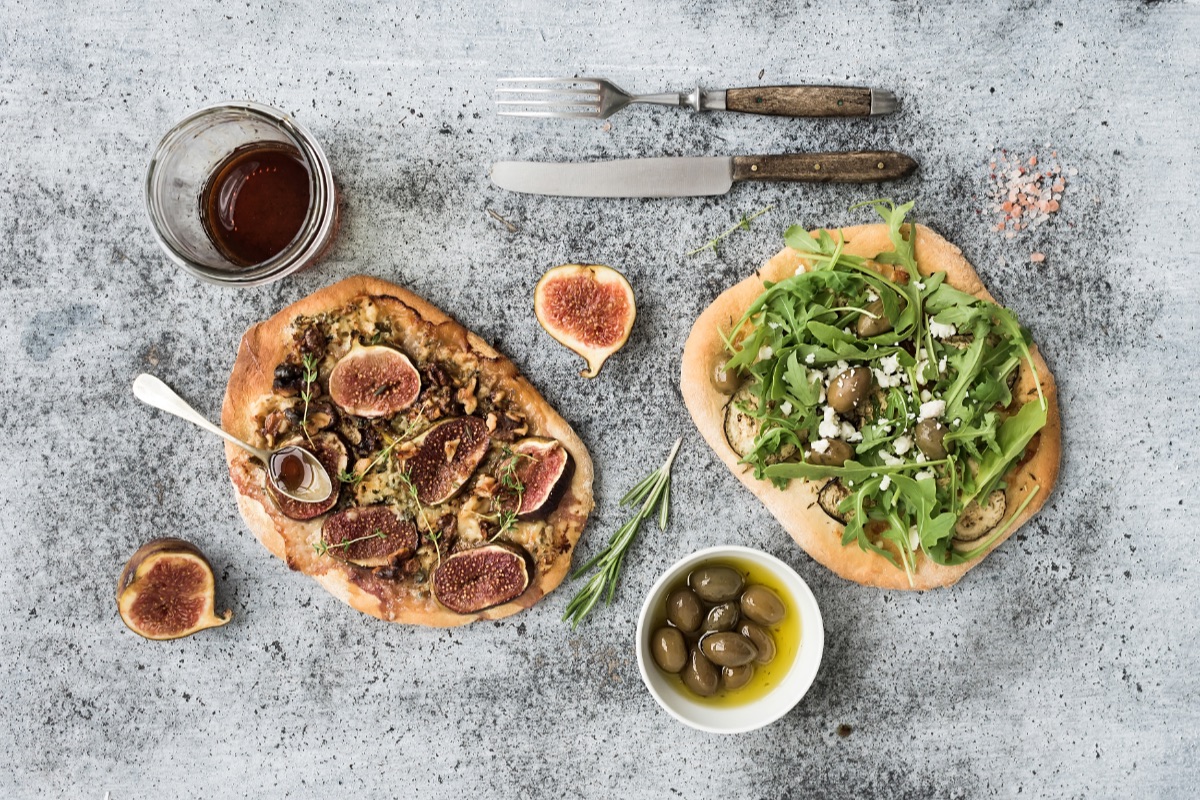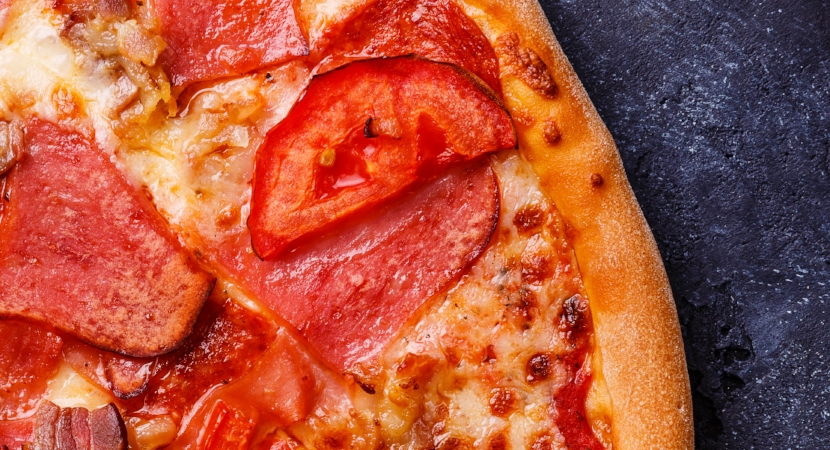You know how we always seem to be in a chicken rut? It’s easy to say the same of mushrooms, especially since they’re such a popular substitute in meat-free cooking. Think of this as a sign to add fabulous fungi dishes to your regular lineup.
Benefits of Cooking with Mushrooms
Nutritional value of mushrooms: Mushrooms, besides being celebrated for their earthy flavor and diverse textures, also pack a powerful nutritional punch. They’re a notable source of B vitamins, which play vital roles in energy production and metabolism, and are one of the few non-animal sources of vitamin D, crucial for bone health. What's more, mushrooms are a good source of antioxidants, which help combat oxidative stress and protect cells from damage.
Health benefits of mushrooms: Their rich blend of nutrients contributes to improved immune function, aiding the body in fighting off illnesses and infections. With their low calorie and high fiber content, mushrooms support weight management and digestive health while offering a satisfying, filling addition to meals. Additionally, their unique compounds have been linked to potential anti-inflammatory and anti-cancer properties, promoting overall wellness.
Different types of mushrooms and their uses: Mushrooms come in a fascinating array of types, each with its own distinct characteristics and uses. The versatile champignon, commonly known as the white button mushroom, serves as a culinary staple, and is suitable for various dishes from salads to soups due to its mild flavor. Shiitake mushrooms, prized in Asian cuisine, offer a robust, earthy taste and are often used in stir-fries, soups, and sauces. Portobello mushrooms, with their meaty texture and savory flavor, make excellent meat substitutes in burgers or grilled dishes. Delicate oyster mushrooms, known for their subtle taste and soft texture, complement stir-fries and pasta dishes wonderfully.
Easy Mushroom Cooking Tips
How to clean and prep mushrooms: Start by using a damp paper towel or a soft brush to remove any dirt or debris. Avoid soaking mushrooms in water, as they can absorb moisture and become soggy. Once cleaned, trim the stems if necessary, and slice for grilling or sautéing, or finely chop for sauces or stuffing.
Best cooking methods for mushrooms: Sautéing mushrooms in a hot skillet with a bit of oil or butter allows them to caramelize, intensifying their flavor. Grilling or roasting mushrooms brings out their natural umami and adds a delightful smokiness to their taste. For those who prefer a softer texture, simmering or braising mushrooms for a mushroom sauce or mushroom soup recipe infuses them with flavor while maintaining their tenderness. Additionally, enjoying certain mushrooms raw in salads or as a garnish provides a crisp, fresh taste, allowing their unique flavors to shine.
Tips for enhancing mushroom flavors: Allow them to brown and caramelize while cooking to intensify their taste is a must for any mushroom recipe. Adding a splash of acid, like a squeeze of lemon or a dash of balsamic vinegar, can brighten and amplify their earthy notes. Also, incorporating umami-rich ingredients such as soy sauce, miso, or Parmesan cheese can further deepen the savory profile of mushrooms, creating a more complex and satisfying flavor.
Delicious Mushroom Recipes to Try
Time for the final, essential question; what to make with mushrooms? Whether enjoyed morning, noon or night, the following recipes perfectly express the delicious versatility of the humble fungi.
Mushroom Breakfast
Spinach, Bacon and Mushroom Casserole
Mushroom and Sausage French Toast
Delicious Mushroom Main Courses
Slow Cookers Red Wine and Mushroom Beef Stew
Steak and Wild Mushrooms in Red Wine Sauce
Very Good Garlic Mushroom Alfredo
Healthy Mushroom Side Dishes
Roasted Cauliflower and Mushroom Soup
Garlic Pasta Salad with Mushrooms
Grilled Mushroom and Fontina Toast
Rice with Asparagus, Mushrooms and Toasted Sesame Seed





